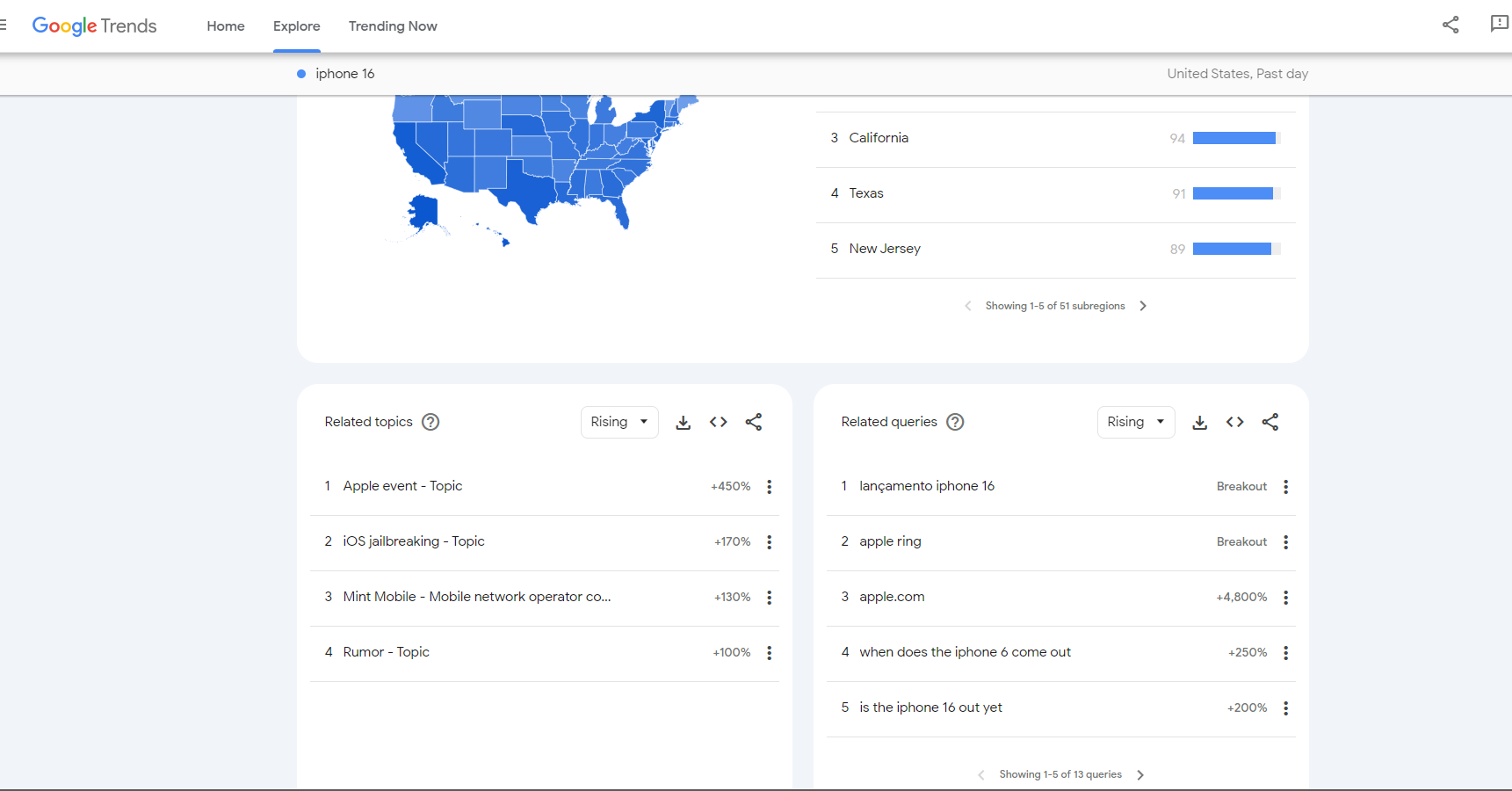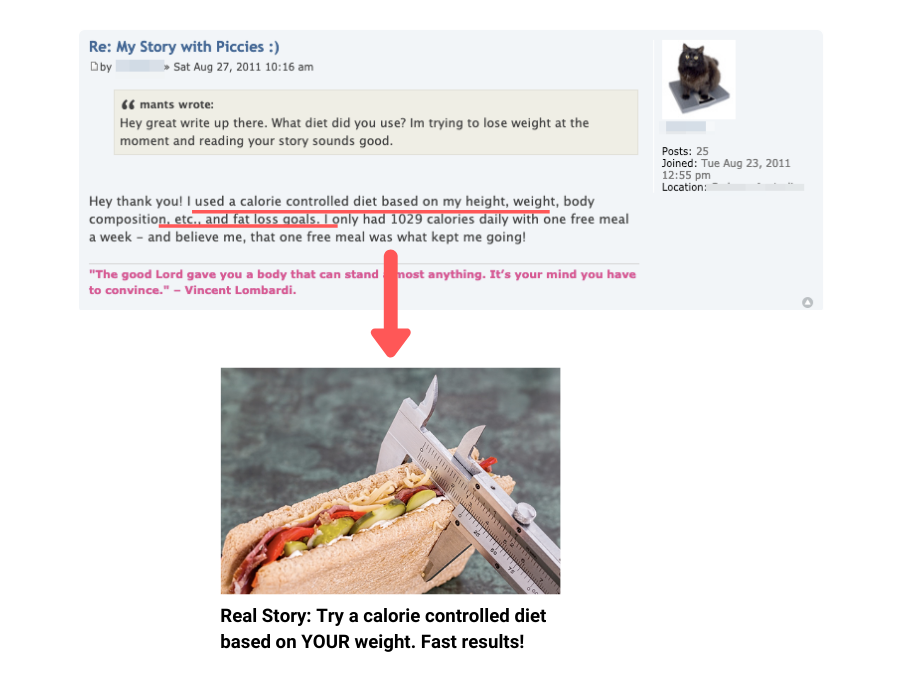This post is also available in:
PT
ES
Being empathetic is the kind of interpersonal skills that get you good friends at school and at the office, but not a lot of affiliates consider it an ability that’s critical for marketing success. But, having the capacity to put yourself in other people’s shoes and understand their pain points can actually give you a huge advantage over your competitors.
Although affiliates work restlessly to build a connection with their audience, the best way to show your viewers appreciation is to understand the challenges they face.
Not only will it give you an idea of the type of approach that may entice your potential customers, but it also allows you to become familiar with your audiences’ overall preferences.
Below, we’ve put together a quick guide to help you grasp the importance of customer pain points and give you a few tips on how to identify them.
What are Customer Pain Points and Why Should Affiliates Focus on Them?
All users who see your ads have the chance of becoming customers. That said, if you want to design alluring creatives, you have to understand the challenges your audience faces.
If your potential customers can relate to your ad, it will attract their attention and spark their curiosity. In most cases, this translates to more traffic, a higher CTR, and increased conversions, all of which should give your campaign a significant boost in performance.

Types of Customer Pain Poins
You can target the following types of pain points consumers face:
- Money and Financial Struggles
The most common challenges faced by consumers are financial woes and money struggles. This doesn’t mean that they don’t have an income. It simply means that they have a limited budget that allows them to purchase products and services, but they have to be careful about how much they spend and how often.
Most customers also want to find a convenient solution to their problems. For instance, busy people that want whiter teeth may not have the time to go to the dentist, but they are usually open to purchasing innovative LED equipment and conducting cleaning sessions at home.
- Functionality and Practical Features
Besides being convenient and easy to use, consumers also want to have features that work as advertised. For instance, if you’re promoting an electronic gadget, you have to make sure that all parts of the product work without any problems.
Humans are visual creatures and we intake a lot of information through our eyes. This means that the product you’re offering also has to fulfill aesthetic requirements. That being said, consumers love innovation and advancement, so you can always get creative and try promoting different products that you think look eye-catching.
Understand your customers’ pain points can be challenging, but you should be able to figure out as long as you invest time into researching your audience.
Examples of Customer Pain Points and Where to Find Them?
Numbers and Statistics
Trends, vogues, and statistics found on pages like Statista and Google Trends allow you to determine which general movements are influencing your audience. You can use this as a starting point and identify the trends that shape the industries you’re familiar with. And, you can also spot additional pain points that allow you to develop better approaches.

Understanding and Mapping the Customers’ Process
Next, you should try to dissect the customer’s purchase process as much as possible. If you identify the key moments in your customer’s decision-making process, you’ll be able to deliver personalized messages when addressing customer pain points at critical stages, which will improve your chances of converting visitors into customers.
To get a real, honest feel of your customers’ opinion, then you should turn to blogs, social media outlets, forums, and similar platforms that people use to start conversations. These are the platforms that most people use to complain, so employing social listening tools may also improve the efficiency of this particular step.
Pro Tip: use the exact wording that a person gives in describing his/her problem. Speak your target audience’s language.
Negative Competitor Reviews
Lastly, take a look at negative competitor reviews, see what they are being criticized for, and avoid committing the same mistake at all costs. Furthermore, you should also include these details in your creatives and remind customers that the product you’re promoting doesn’t have these shortcomings.

B2B Customer Pain Points: Are They Different?
Not really, in fact. B2B customers have almost the same concerns about products and service quality, affordability, customer support. So, finding and understanding them is about a similar flow:
-
Check user reviews or ask customer support agents about the most asked questions.
-
Check out statistics and Google Trends for more in-depth analysis.
-
Work together with the sales teams: they can ask the right questions to B2B customers directly.
Speaking about the last point, the questions might depend on the exact business, but in most cases, they embrace the following main topics:
- Financial issues: how expensive the product is? Will it help reduce operational costs? Is it cheaper/more expensive than the competitors offer?
- Operational issues: will the product help optimize the workflows? Will it be convenient for employees? Is the onboarding easy enough?
- Security issues: will the solution keep the data protected enough? Does this software require too much data?
- Technical issues: will the product be compatible with the current solutions? Will our IT team easily integrate it?
Overall, just like with the B2C pain points, a research combined with listening to the customer is the key to understanding their needs.
Learning how to identify customer pain points can have a great effect on the performance of your campaign. That said, you also need to take the time and learn how to spot these struggles and turn them into something positive for your product.





